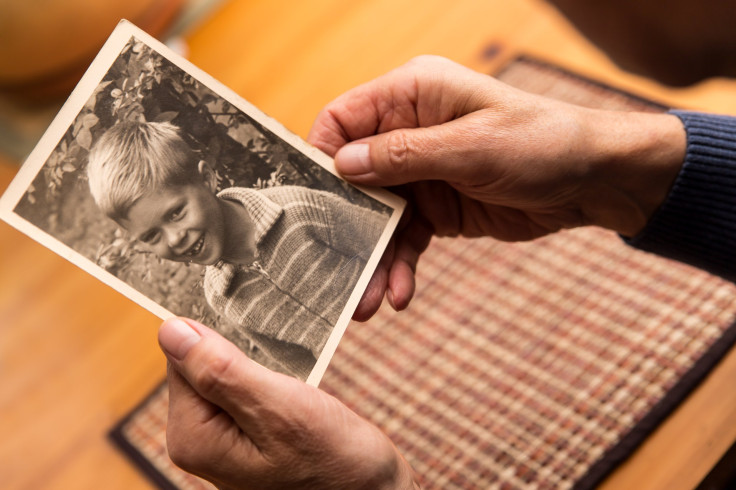Remember The Time? Mysterious Memory Disorder Causes People To Forget Personal Experiences, But Nothing Else

Remember, for a second, a moment from your childhood. Say, a time when you played during recess. For most of us, it’s pretty easy to put ourselves back into that moment. We can visualize looking out onto the field or playground, throwing a dodgeball, or looking back as a friend chases us in a game of tag. From there, we can also conjure memories of the weather, the time of day, and in some cases, smells and things that other kids said. Now, imagine that first-person view and all of its associated emotions and perceptions were taken away, and all you can remember are factual things you learned from those situations — a friend scraped his knee, for example, and even though you were there, you have no recollection of it.
It may be hard to grasp, but there are actually people who have these memory problems. Three of them were recently the subjects of a study on the condition, dubbed severely deficient autobiographical memory (SDAM), which researchers compare to living life in the third-person. “Many of us can relate to the idea that people have different abilities when remembering events. What is unique about these individuals is that they have no personal recollection,” said Dr. Brian Levine, senior scientist at the Baycrest Centre for Geriatric Care’s Rotman Research Institute, in a press release. “Even though they can learn and recall information normally and hold down professional careers, they cannot re-experience the past with a vivid sense of personal reliving. It’s as if their past was experienced in third-person.”
The condition boils down to deficits in episodic memory, which involves storing knowledge of times, places, associated emotions, and basically everything else regarding “who, what where, and when.” Meanwhile, participants’ semantic memory was found to be strong, and in some cases superior to control subjects. Semantic memory is the ability to recall specific facts and concepts learned over a lifetime, such as how to use scissors or knowing that an event occurred — such as your friend scraping his knee in third grade.
While the researchers said the condition resembles developmental amnesia, participants had no history of brain injuries, seizures, stroke, neurological disease, or psychological disorders. Their hippocampi also resembled neither a normal person’s hippocampus nor that of a person with developmental amnesia. While the volume of their right hippocampi were slightly smaller than those of a normal person, they weren't as small as those of a person with amnesia — people with amnesia also experience reductions in hippocampal volume on both sides.
The study involved brain scans, interviews, and tests in which participants’ memories were examined, and showed that all three had impaired visual memory systems. They suggested that participants may remember details from their daily lives by employing a “verbal rehearsal strategy. An alternative but related possibility is that when study items were presented visually, the SDAM cases encoded the information auditorily (i.e., by mentally sounding out the words).” However, when it comes to items that are strictly visual, this strategy may not work.
SDAM can be compared to another one called highly superior autobiographical memory, which is essentially the complete opposite. People with the condition are not only able to remember specific events down to the date and time, but also the emotions they felt, the scents they smelled, and the things they thought and said. To date, only 56 people have come forward with the condition.
Source: Palombo D, Alain C, Soderlund H, Khuu W, Levine B. Severely deficient autobiographical memory (SDAM) in healthy adults: A new mnemonic syndrome. Neuropsychologia. 2015.



























